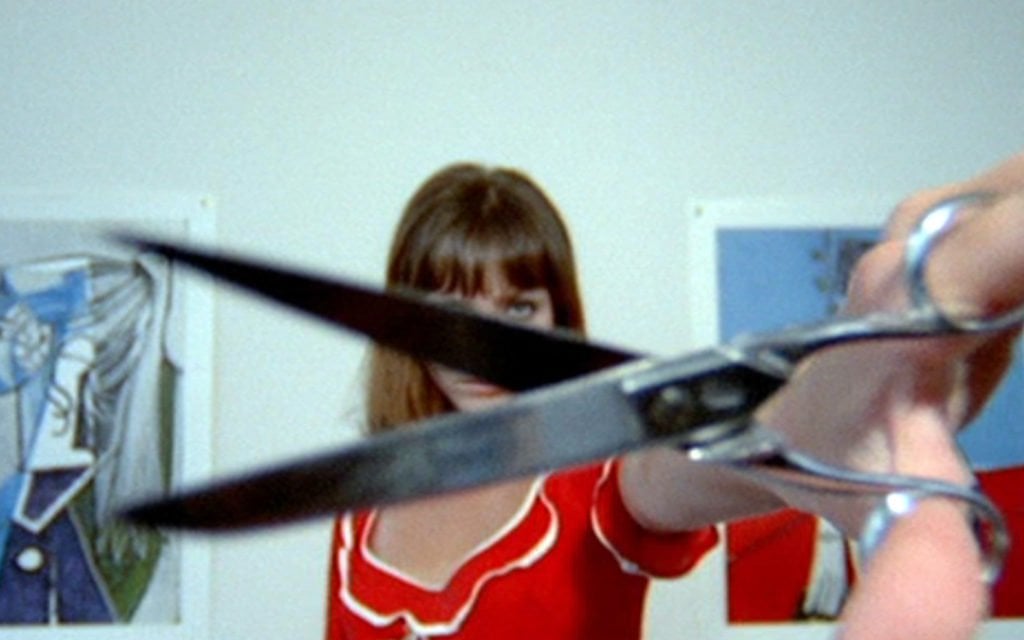5 Tips To Making Your Screenplay Look Professional
February 14, 2023
In a highly competitive marketplace, decisions about a screenplay are made quickly and sometimes even based on a cursory glance. This is why it’s important to make sure your script looks as professional as possible. It’ll not only lead to an easier and better reading experience, it’ll be an immediate indicator that you’re ready to work in the film and television industry.
Below are 5 tips to making your screenplay look like a pro wrote it…!!
Make Sure Your Script Is Properly Formatted
This might seem obvious enough, but you’d be surprise how many people write screenplays without the proper formatting; even when they’re using screenwriting software (which automatically formats your script to industry standards). Sometimes an aspiring screenwriter won’t use the default templates and settings and goes rogue within the program. They’ll align the script in an unusual way or not use the industry standard font (Courier or Courier Final Draft). They’ll sometimes also create their own method for scene headings, subtitles, and other script elements. I’ve even seen a few screenplays that had every word of description and action in ALL CAPS. Before taking the time to write a script, it’s essential to read a few produced screenplays and familiarize yourself with industry standard formatting.
Avoid Big Blocks of Text (a.k.a. the Chain-link Fence Effect)
Ever stare at a chain-link fence for an extended period of time? Well, if you haven’t, it messes with your eyes and eventually your head. The fence starts to blur and soon you don’t even know what you’re looking at anymore. Well, big blocks of text are similar to a chain-link fence. After awhile, everything blurs together and it’s difficult to read. This is such an issue with aspiring screenwriters that industry professionals have created a mantra: they want to see “a lot of white on the page.” This is a reference to the script’s white background and how much of it is visible beneath the text. If a manager, agent, studio exec, or producer doesn’t see a lot of white on the page, but rather big blocks of text, they’ll likely emit a groan. These are busy people who have to read numerous scripts in a short time frame. Reading a script shouldn’t be like reading a novel. Keep action and description down to 2 or 3 lines. I’ve been told by producers it’s okay to use 5 lines if you’re describing something very important (like the introduction of a major character or setting), but these instances should be kept to a minimum.
In addition to making your script easier on the eyes, there’s another reason to make your paragraphs lean and mean. Spacing out action — when done artfully and with a specific purpose — can create a more cinematic and impactful reading experience. A screenwriter should be thinking of each line as a shot in a film and the more focus given to a single line of action, the easier it is for the reader to visualize it. The pros know this. Thus, the more you space out your action, the more professional your script will look. This likewise goes for your dialogue; although occasionally you can break this rule if a character is making an important speech. Still, if possible, break up the speech via parenthetical beats, periphery action, or even another character’s interruption. Regardless if it’s description, action or dialogue, do your best to avoid big blocks of text and the chain-link fence effect.
Cut Down On Unnecessary Screenplay Elements
The first thing to cut are all those CUT TO transitions between scenes. That’s right. You don’t need them. I go into more detail about this in my article Transitions: To “Cut To” or Not to “Cut To”. In that article I explained that most transitions are no longer used in modern screenplays. It’s understood by industry professionals that one scene is going to cut to another scene. It makes for a tighter and more visually appealing script to not have a bunch of transitions on the page. And ultimately it’s the director and editor’s jobs to decide how scenes transition into each other. A popular stylistic choice among screenwriters today is to make every scene heading bold. The reason for this is it helps break the text up. Think of this as the new CUT TO.
In addition to CUT TO, other transitions that have become antiquated are FADE IN and FADE OUT. This is an old editing technique used during the silent and golden era of Hollywood. Since the emergence of more subtle editing techniques in the 1960s, less and less films had fades in them. Today fades are only used if the director is going for a retro aesthetic, and even then it’s rare to see them. As a result, you can forego FADE IN and FADE OUT.
Another screenplay element you should reconsider are parenthesis. At very least, don’t overuse them, which is another thing done by many aspiring screenwriters. You definitely shouldn’t place action or commentary into a parenthesis. Their purpose is simply to denote subtitles or something specific in the timbre of a character’s dialogue (the latter is frowned upon by some actors). As mentioned earlier, you can insert a beat in parenthesis to break up a speech or place emphasis on a certain line of dialogue, but like with many older screenwriting techniques, this should be done sparingly.
Keep Up With the Changes
When I broke into the screenwriting business, some of the above techniques were newer ones. In fact, the first screenplay I sold was filled with CUT TO transitions. I had learned how to format a screenplay by reading older scripts and didn’t realize how much had changed over the years. Once I started working with agents and producers, I was told I didn’t need CUT TO transitions and that “nobody does that anymore.” Afterwards, I read some recent scripts that had sold and sure enough: they didn’t have any CUT TO transitions. Over the years, I started seeing other new trends: bold scene headings, more white on the page, spaced-out action, etc. As a result, my own writing has adapted, becoming leaner and more cinematic.
It’s important for an aspiring screenwriter to not just read screenplays, but read recent onesthat have sold or been produced. It’s a constantly evolving craft and the more current your script looks, the more professional it will look. For example, a lot of screenwriters today will write a PRELAP as follows…
PRELAP: A Guitar Chord is Struck.
Italicized. One line. Above the scene it’s setting up.
Many screenwriters will telegraph the emotional reaction of a character, or as my manager puts it: “Take the temperature.” They often accomplish this with a short and italicized internal thought in response to something that’s been said or has occurred…
Heather SMIRKS. Just my luck!
And then there’s the latest trend of inserting images into a screenplay. This used to be frowned upon back in the day, and it’s only became an available option within screenwriting programs a few years ago. Although there’s still some debate regarding the use of images in a screenplay, I have seen it being done more frequently and in some professional scripts. Like many techniques, it’s about having a sense of balance and not overdoing it. You’re not turning your screenplay into a “look book” or “pitch deck” — that’s something best left to a director —but if there’s a visual cue that can be best conveyed via an image (e.g., a map or passage that a protagonist is reading), then insert away! A screenplay is a blueprint for a movie after all.
Tighten Up Your Scenes and Nix Orphans
After finishing your screenplay, you should tighten up your scenes wherever possible and get rid of “orphans”: a single word or sentence that’s a hangover from the previous page. If you have a shorter scene and it’s only a line or two away from beginning and ending on the same page, go through the description and dialogue and omit any word or sentence that’s not essential. This might be enough to bring all the screenplay elements up a couple lines and, in doing so, you’ll have a more visually concise scene.
This isn’t anything to become obsessive about, but after you spent months writing a screenplay, why not go the extra step and make sure your script is as professional looking as possible? One final technical sweep of your script might make the difference between an industry professional saying, “No” or “Yes!”
Written by: Edwin Cannistraci
Edwin Cannistraci is a professional screenwriter. His comedy specs PIERRE PIERRE and O’GUNN both sold with more than one A-list actor and director attached. In addition, he’s successfully pitched feature scripts, TV pilots and has landed various assignment jobs for Universal, Warner Bros, Paramount and Disney.- Topics:
- Writing & Tools
- Discussing TV & Film




